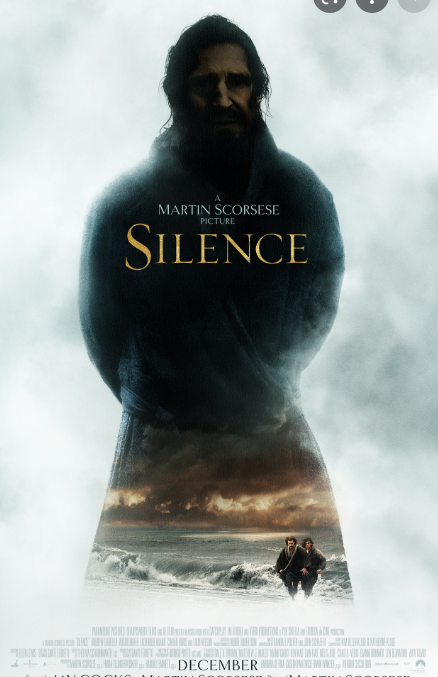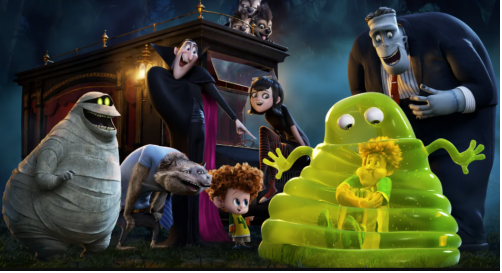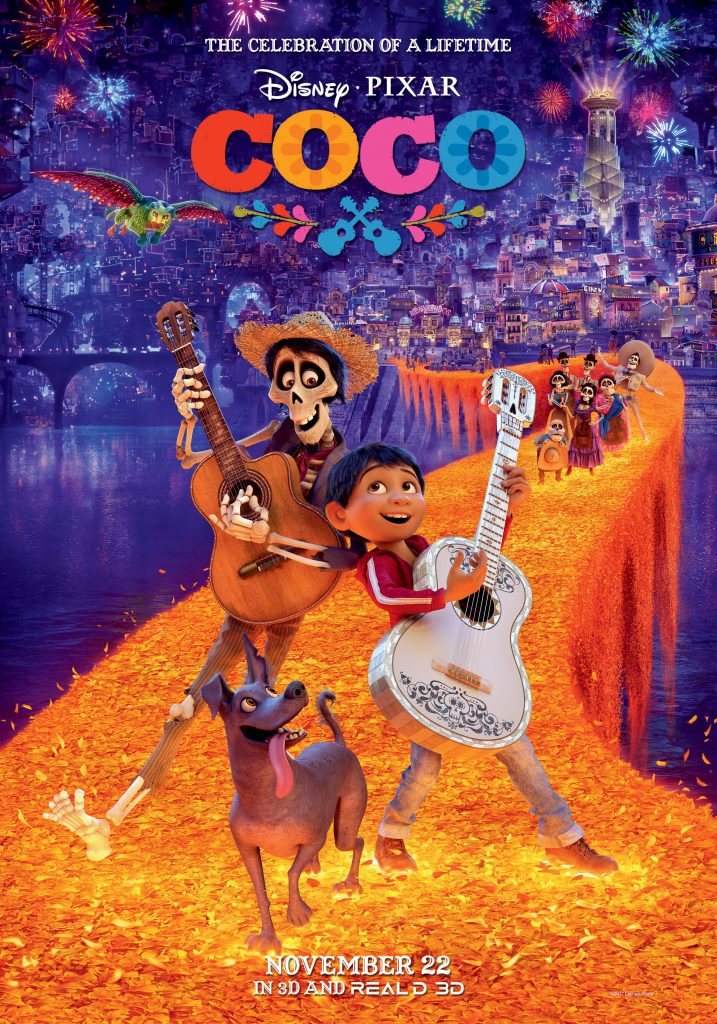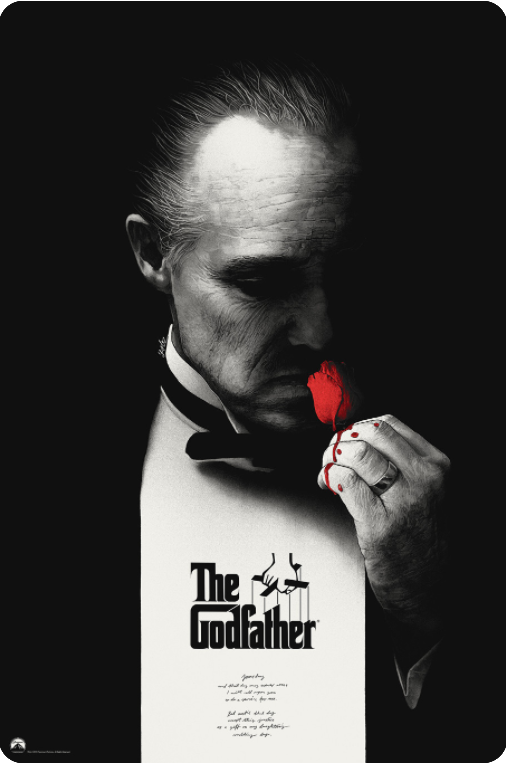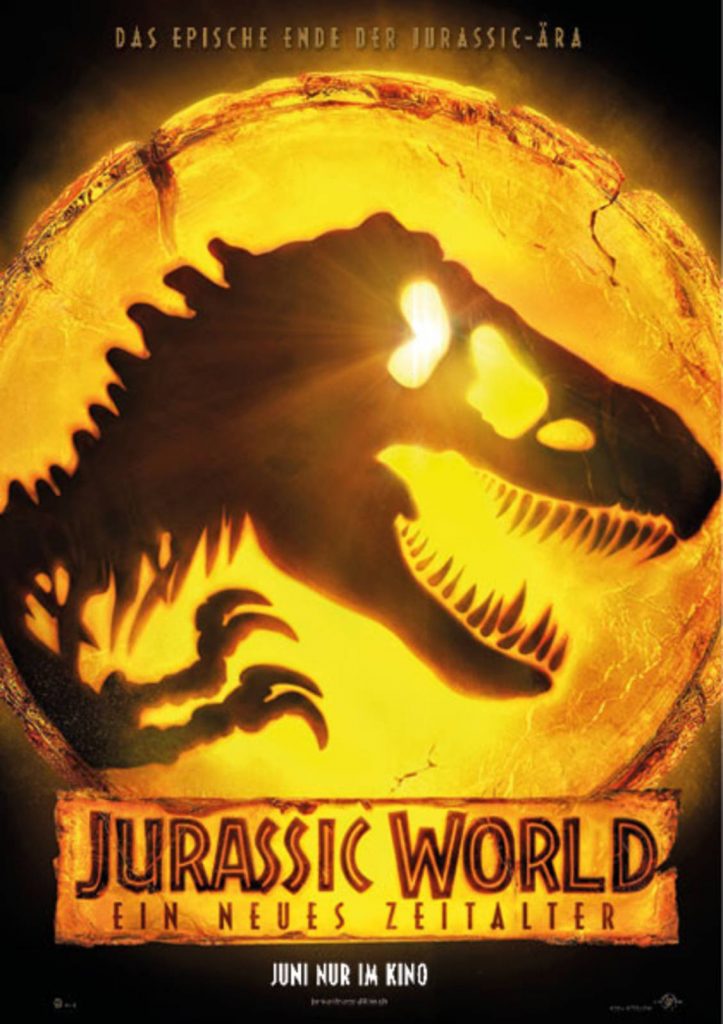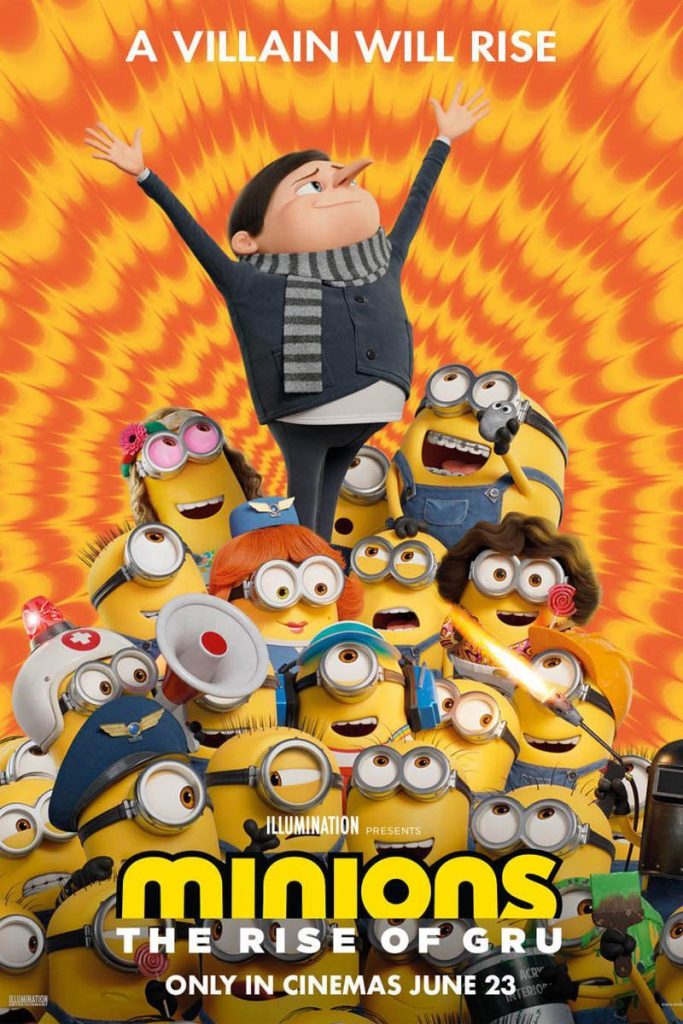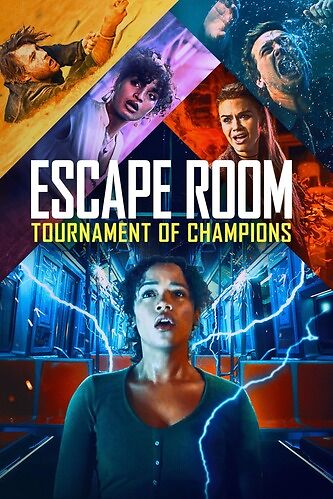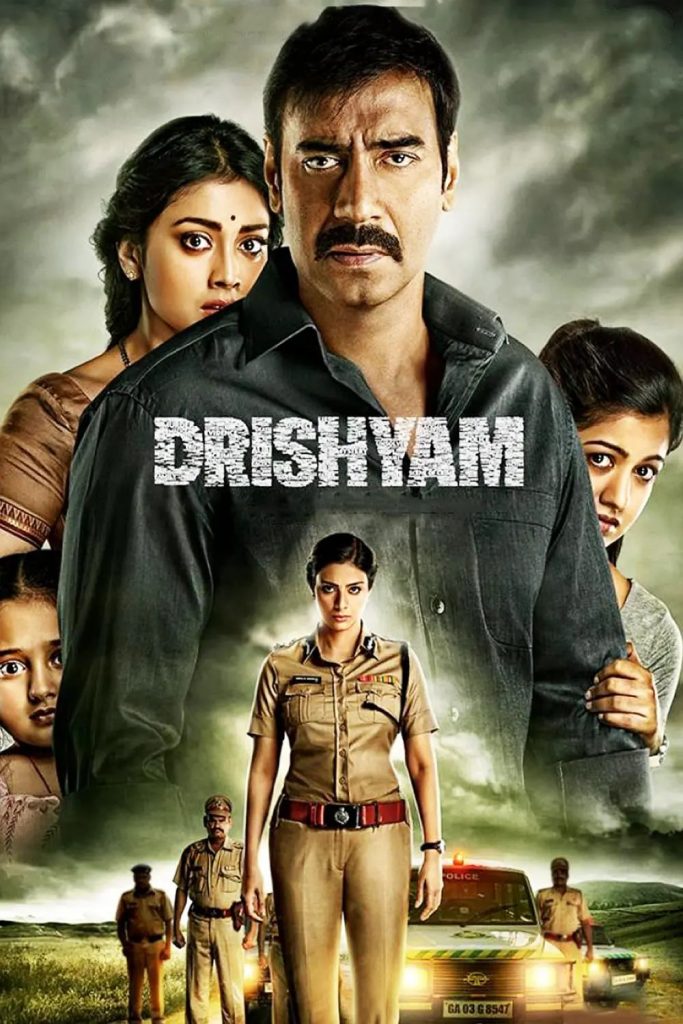Set in mid-17th century Japan during the Tokugawa Shogunate era, when Western religious practices were strictly forbidden. Catholics and missionaries in Japan are punished and eliminated by the government with force and cruelty. One of them, the highly respected Father Ferrera (Liam Neeson), was punished and then not only renounced the Church, but also changed his Japanese name, married a Japanese wife and started a family in Japan. This is a great shame for the Church. The two young missionaries in Portugal, Rodrigues (Andrew Garfield) and Gerbe (Adam Driver), cannot believe this and petition to go to Japan and see Father Ferrera to find out the truth. After being smuggled into Japan, they embark on a torturous and arduous missionary journey.
The display of torture in Silence is staggering. Uncle Yun, who saw it in the cinema, said it was very shocking to see it on the big screen. The two most iconic types of torture are water jerbs (zhé). The most representative of the two types of torture is water jerbing (zhé), in which a person is tied to a cross and put into the sea. The tortured person will be pounded and soaked by the waves again and again, and will be tortured for days and nights before dying. There is an even more horrific one, the cave hanging. Hands and feet are tied and hung upside down, a hole is pierced behind the ear and blood is slowly drained until the last drop is drained. What they all have in common is that they allow you to die slowly, to experience the process of life passing as long as possible. If you confess halfway through, there is a chance you can be brought back. The torture, the abuse, the destruction of your body and will, and even the loss of your life. It is clear that the focus of these two punishments in the film is not on the physical, but on – breaking down spiritual beliefs.
Will you give up?
There are a number of similarities between Silence and last year’s Blood on Hacksaw Ridge, with the same conflict with Japan and the same faith being severely tested in inhumane circumstances.
If the path to faith in Blood on Hacksaw Ridge was a stepped one – persevere, persevere, persevere again, and finally ascend. Then Silence is more twisted, claustrophobic and shaky. As the title suggests, there is no divine direction in a desperate situation, only silence. From beginning to end, the film is not an export of ideas, but a constant questioning of them. All of them stabbed at the heart of the matter, and it is frightening.
Firstly, does God exist?
If he does exist, why is he silent and indifferent to the suffering of mankind? In this film, even the missionary Rodriguez had his doubts. He was convinced that preaching could bring relief and peace to the people. But in Japan he constantly witnessed villagers being brutally tortured to death by the government in order to believe, to protect him and to defend their faith.
There was nothing he could do but hide in the shadows in cowardice. It was at such a time that he began to question the existence of God. I wait for the Lord’s answer but there is only silence I pray but I don’t hear back, what am I praying to, nothingness? Wouldn’t you like to know the answers to these questions too? Yet the film is unanswered throughout. Of course, it is far more important to ask these questions than to answer them. Rodriguez has always longed to hear the voice of God, but has never been able to do so. Twice in the film there are answers that appear to be from Jesus, but are in fact hallucinations, voices of his imagination.
Rodriguez, like most believers, is alone in his faith, unable to verify the miraculous. This is the backbone of Silence – to raise a shocking question without giving an answer, leaving the audience to decide for themselves whether the tragic Rodrigues is a saint or a fool.
Secondly, is religion the absolute truth?
The main story line appears to be the persecution of missionaries by the Japanese government. In fact, the arrogance of the missionaries is the counterpoint to the government’s brutal methods. The film is an honest look at the clash of two civilisations, without taking sides. The interpreter (Tadanobu Asano) tells the story of how most of the missionaries who came to Japan had the sole purpose of preaching, but did not understand Japanese culture, Japanese conditions or even respect the local religion (mainly Buddhism). This is especially true of Rodriguez, who always proclaims that his Catholicism is the absolute truth. We believe that we bring the truth and that the truth is universal. It is universal in all countries and in all times.
Isn’t this obsession with imposing one’s faith on others similar to the Tokugawa Shogunate’s prohibition of Catholicism and the imposition of Buddhism on the population? Is there a difference between different religions, true or false, superior or inferior? The film does not give a clear answer to this question. But the contrast between the cruelty of the Tokugawa Shogunate and the arrogance of the missionaries shows that the film at least disproves that one religion is the absolute truth. The question that arises is: Is religion a personal choice? Should it not be imposed by others?
Thirdly, what is the nature of religion?
In the film, the government’s method of judging whether people are Catholic or not is simple and brutal: one is to make them step on the statue of Jesus with their feet; the other is to spit on the cross.
Those who could do so were released, and those who could not were liable to be executed. It was a matter of life and death, whether to step on it or not, whether to spit or not, became a big question. The moral dilemma faced by the missionaries was even more difficult: as they watched the hanging of piles of believers, it was not enough for the believers to abandon their faith, it was necessary for the missionaries to abandon it voluntarily. This tormenting dilemma is the biggest problem in questioning the faith – do we save the people in front of us now, or do we continue to follow the “silent” Lord? In the end, Rodriguez’s decision will not be revealed if you watch the film for yourself.
But whatever his choice, until his death and cremation decades later, the God he believed in remained silent.
That’s probably why Silence is called Silence. The film’s sound and picture echoes this theme. Each frame is worthy of repeated consideration and was rightly nominated for Best Cinematography at the 89th Academy Awards. The composition and cinematography of the many overhead shots of the characters sailing between waves and mist and walking along the road are unforgettable. In the difficult moment when Rodriguez is faced with the question of whether or not to abandon his religion, the image is given a special artistic treatment, filled with a red light like fire and blood. It shows the smallness and greatness, the hardship and glory of believers on the path of faith.
There is almost no soundtrack, and the amplification of the natural sounds and several muting treatments are in keeping with the theme of “silence”. This is certainly not a film that simply “entertains”, it is a heavy film that speaks to the heart. That’s why I said I was absolutely in awe after watching this film. A film that discusses religion but goes beyond it, questioning the truth, yet searching for something deeper and more unspeakable in the human spirit.
After watching “Silence”, I felt a deep and lingering feeling.
